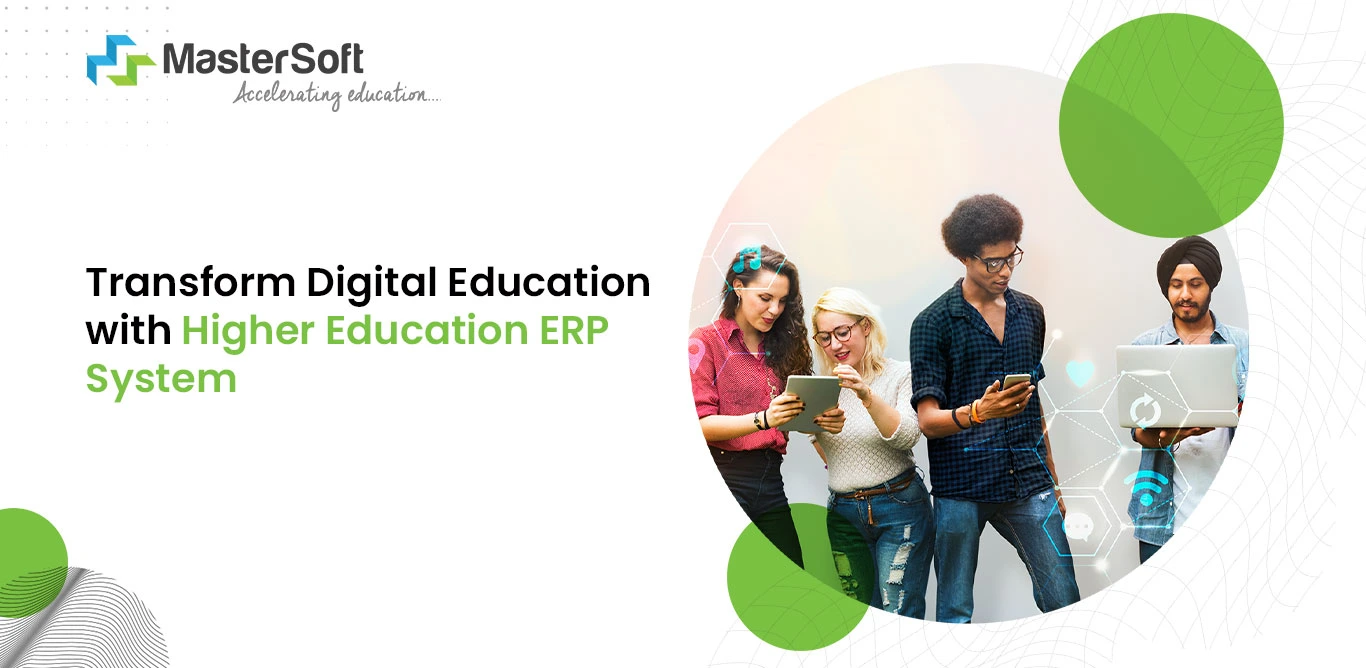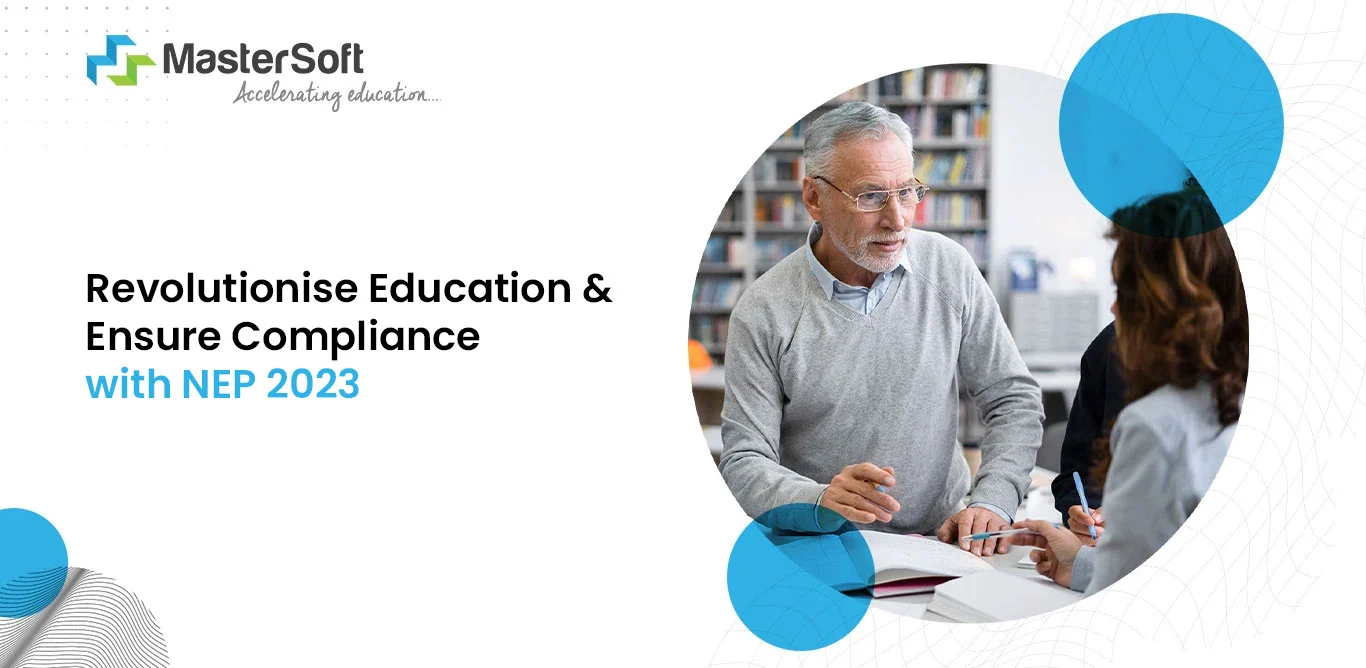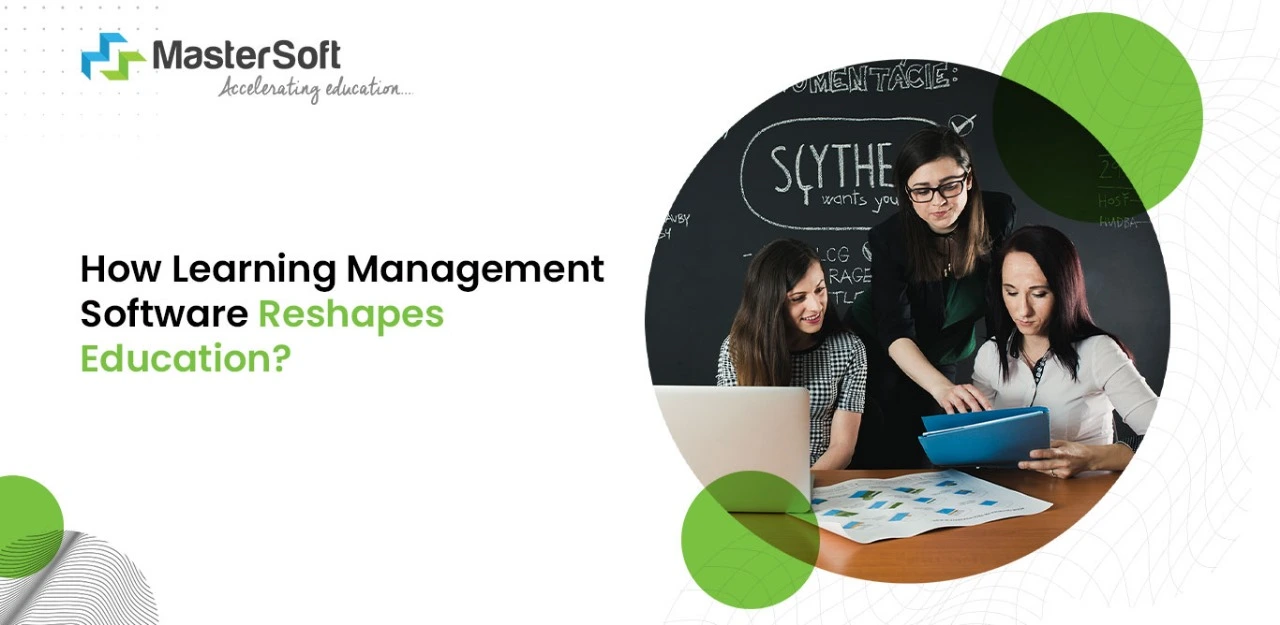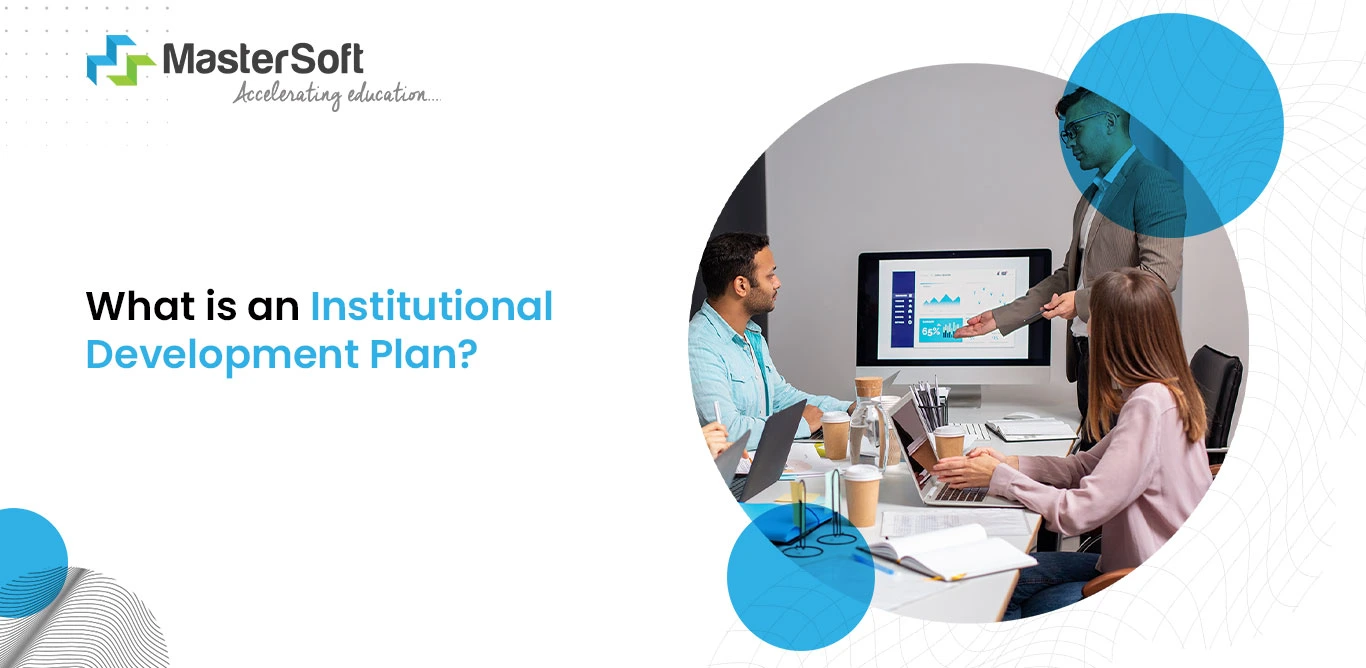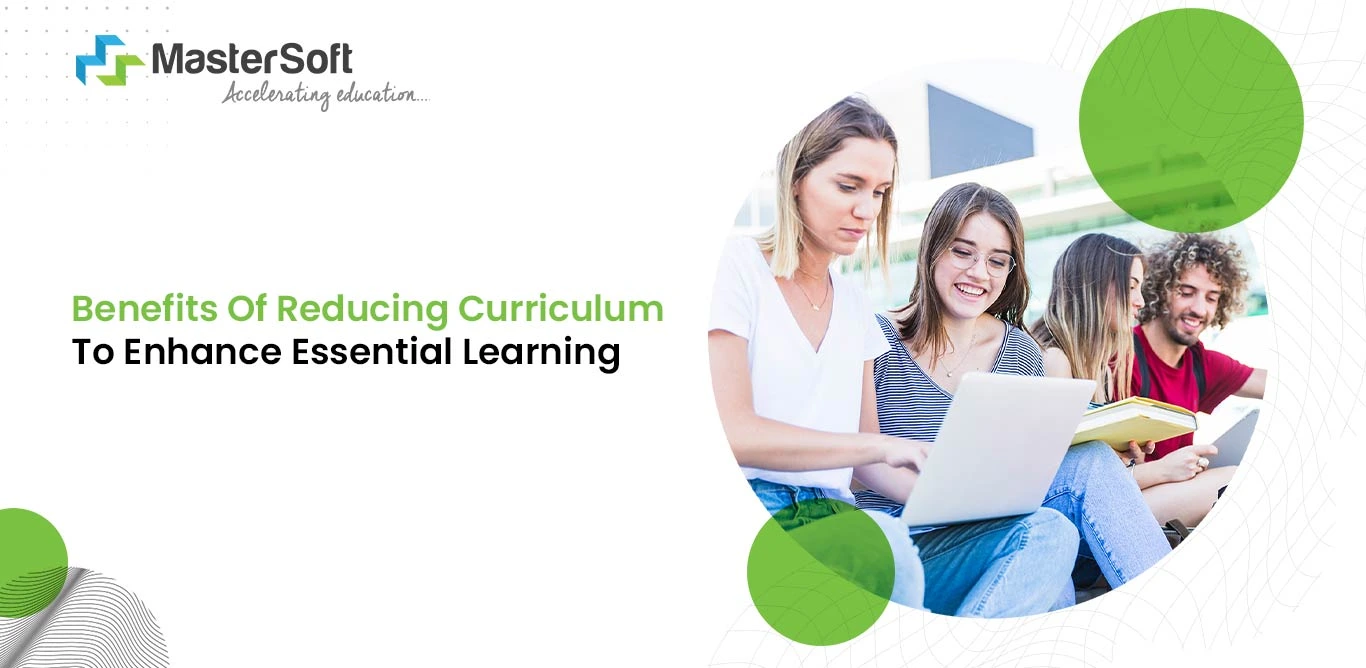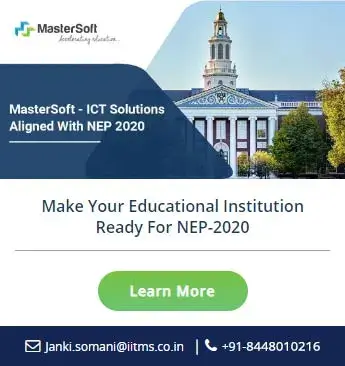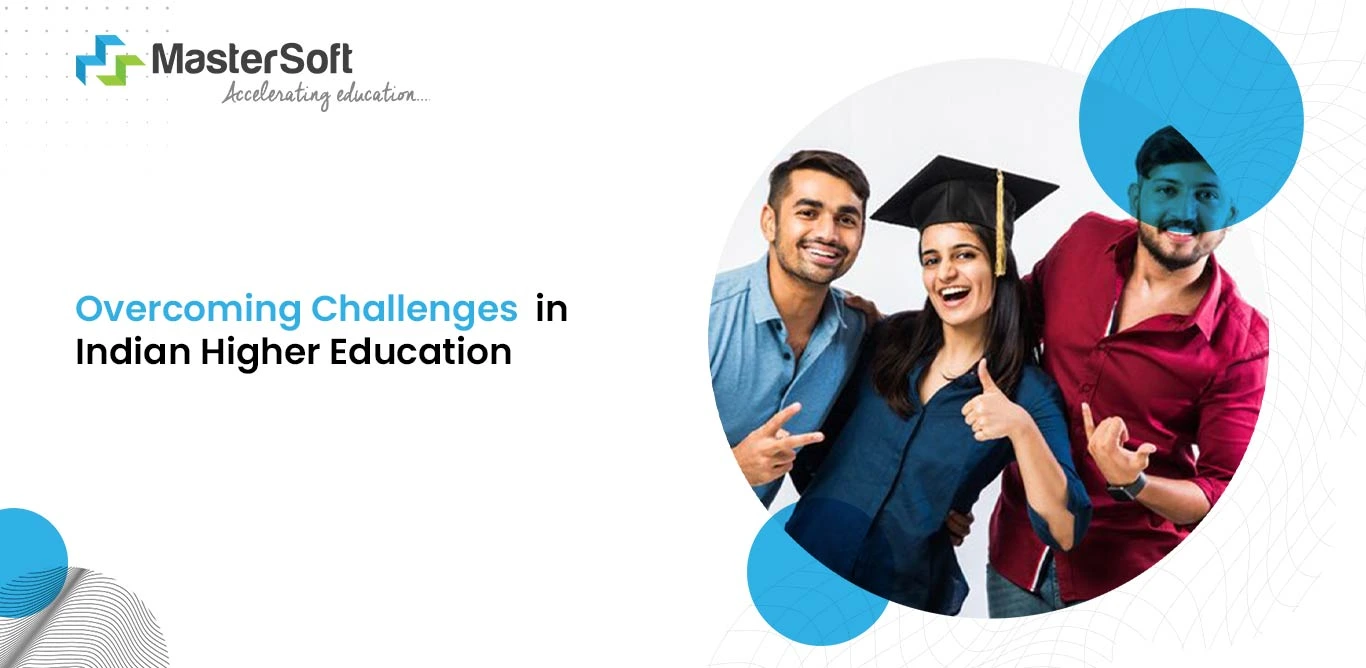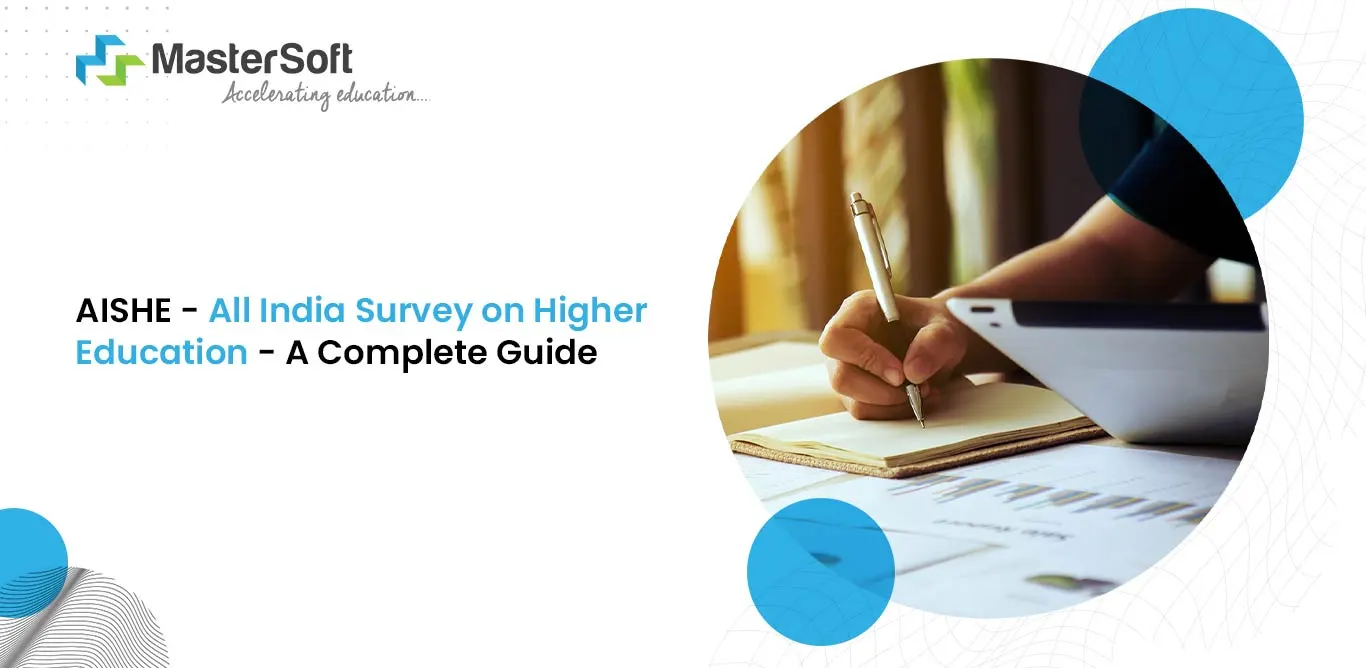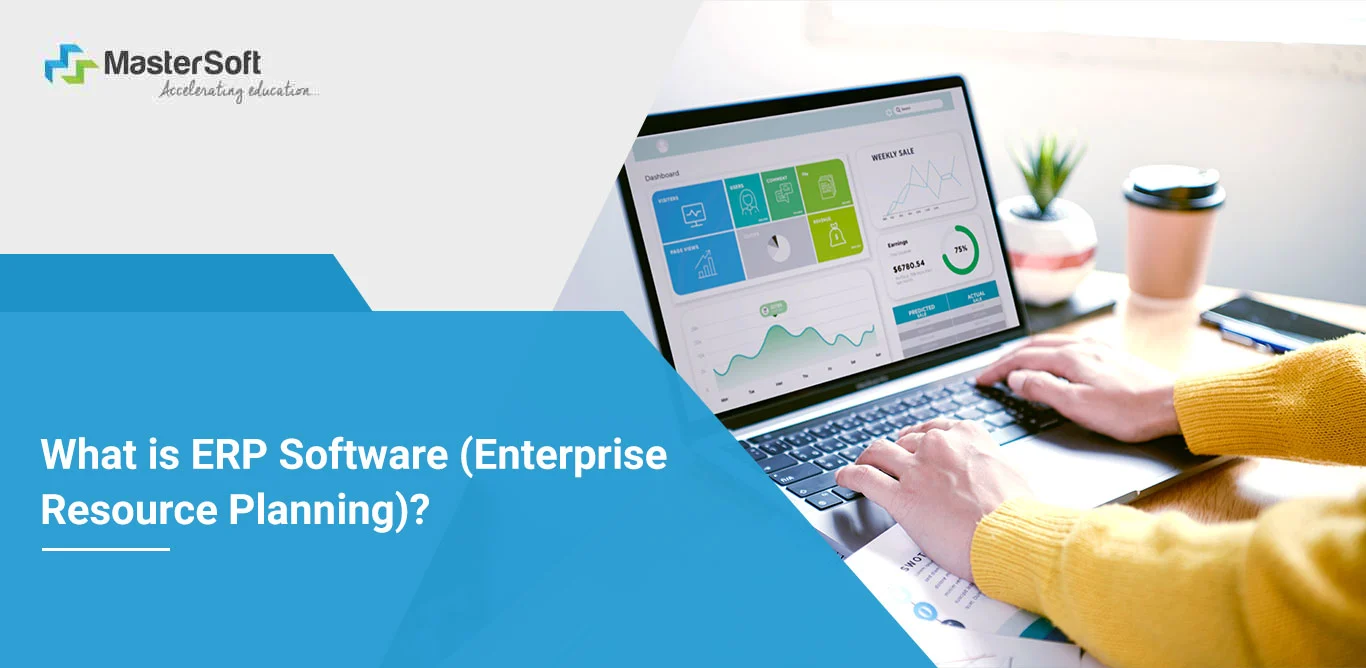18, Jan 2024
High productivity, proficiency, and completion of tasks in reduced time are some of the key goals of educational institutes. Manually intensive operations are less likely to guarantee success in these areas unless they use tech solutions like ERP software.
Besides, digital transformation is an essential step that most organisations adopt to accelerate their day-to-day activities. However, awareness of the tool’s specifications and whether or not they match the institute’s needs is vital.
Hence, It Is only Fitting to Look at some useful Solutions that can Help navigate the Digital Transformation

1. Student Information Management Systems (SIMS)
Files, folders, and paper-based traditional systems are the most typical ways of recording and maintaining information. For instance, teachers use attendance registers to record students' attendance; they must maintain them regularly without fail.
The same goes for updating their academic progress reports for all the assessments. These repetitive procedures are time-consuming and tedious and require an effective solution. That is where a student information management system can prove to be an ideal tool to automate particular procedures.
A student information management system is state-of-the-art software that tracks and manages all student-related data. For example, it administers students’ grades, attendance, academic activity records, etc.
Some of the significant advantages of SIMS are as follows:
Streamlined Admission Process
Submission or collection of relevant documents during the enrollment process is an integral step that often takes time and effort. Thankfully, SIMS helps to automate the entire process, enabling students to complete the formalities in online mode.
On the other hand, school or college administrators can streamline the process from their end as well, allowing them to view current admission status.
Smooth Communication
It is an excellent example of ERP in higher education that facilitates transparent and smooth inter-departmental communication. When staff, faculty, students, and institute leaders are in the loop for effective information sharing, it helps to avoid errors.
Automated Fee Payment
Online fee payment is a noteworthy feature that functions effortlessly with the integration of a safe and secure gateway. Simultaneously, the admin or account staff can track daily fee-related transactions with the help of a cross-check methodology.
Comprehensive Student Records
Stakeholders can get a comprehensive look at the student’s progress by tracking their regular activities. The tool provides a common platform for attendance, exam scores, behaviour, overall student performance, etc.
Overcoming Challenges In Indian Higher Education
2. Learning Management System
A learning management system is perhaps the most commonly used educational software that enhances teaching and learning practices. Furthermore, it is a multi-purpose tool that enables teachers to create engaging learning experiences.
In fact, most institutes incorporate it as a higher education ERP to prepare a customised learning plan for students. Some of the most vital advantages of LMS include:
Course creation and content management
An LMS that has built-in course creation features allows institutes to develop and simplify courses according to quality standards. Besides, they can include or omit the course content as per the needs of the students.
Reporting and Dashboards
Teachers and institute leaders can monitor the ongoing progress of students through reporting and dashboards. Moreover, they can identify the main areas where the students are faltering the most.
Strategic Assessments
The tool helps to conduct multiple types of assessments, helping to examine the knowledge and skills of students. Besides, teachers can incorporate strategic question types and assess their problem-solving and logical-thinking aptitudes.
Also, pre-built assessments and templates allow teachers to develop customised tests to evaluate the understanding and progress of students.
Mobile Responsive Design
One of the best advantages of ERP in higher education is that it allows students to continue their learning from anywhere, anytime. In fact, that is where the mobile-responsive design of the LMS plays an instrumental role.
Mobile compatibility is one of the most in-demand features of ed-tech tools because it provides flexibility in learning. Consequently, when teachers implement approaches like social learning, microlearning, and blended learning, students can access them through their smartphones.
3. Campus Management System
A revolutionary product or ed-tech solution is a campus management system (CMS), which is a cloud-based ERP system. Higher educational institutes benefit greatly from the tool as it streamlines multiple institutional activities.
Furthermore, it is one of the most sought-after solutions for institutes to centralise information, offering access to authorised users. Also, it digitalizes the core administrative processes of the institutes, which comprise the following:
Student lifecycle
CMS organises and accelerates all academic activities in the student’s lifecycle, such as online fees, class attendance, training and placement, online learning, etc. Also, it automates the timetable and student attendance.
Teaching and class attendance
It provides the necessary resources for teachers to conduct effective learning experiences, such as advanced proctoring technology and assessment mechanisms. It automates the evaluation techniques and enables them to provide feedback in real-time.
School Administration and Lifecycle
The non-academic procedures of a school or college are equally important for its steady growth and development. The campus management system provides an easy solution for smooth payroll management.
As a result, the calculation of monthly pay bills and supplementary bills, income tax, and the PF module becomes easier. Moreover, it has other significant non-academic modules: attendance and leave management, library management, HR management, finance management, etc.
4. Customer Relationship Management (CRM) Solutions
CRM in higher education is the ultimate system that provides insights across the student experience, recruitment and admissions, advancement, and marketing. Besides, individual point solutions address single-use cases or challenges.
On the contrary, CRM solutions eliminate the need to store and collect data in different systems. Institutes can provide customised outreach to students, automate self-service, and enhance alumni engagement and fundraising efforts.
Additionally, the integration of CRM and college ERP enables institutes to simplify their administrative processes. Consequently, it enables faculty to spend more time improving their instructional approaches.
A comprehensive student support system boosts the student’s experience with the help of proactive alerts and conversational chatbots. Besides, the academic and administrative teams can work and collaborate effectively.
Challenges in Implementing Digital Transformation Systems
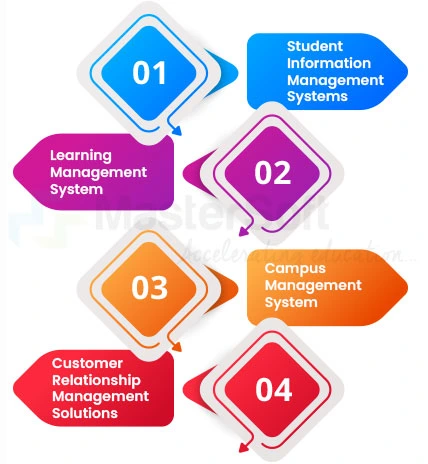
The benefits of digital transformation are immense, but the institute needs to be aware of the inherent challenges, which are as follows:
Change Management
Digital transformation has become more than just a mere trend; rather, it has become a necessity for organisations to boost productivity. However, shifting from traditional systems to digital ones might not be as smooth as one expects.
One of the underlying reasons is that faculty and staff might be habituated to the legacy processes. Therefore, they struggle to adjust to new technologies; hence, change management strategies are the need of the hour to solve the issues.
Integration Obstacles
Institutes often require multiple systems, and integrating all of them to ensure data security and system compliance is essential. That is where accurate integration frameworks, well-defined data governance policies, and APIs prove to be instrumental.
User Adoption
Satisfying the user experience is a primary indication of any tech solution, but failing to navigate through the system is the ultimate pitfall. Therefore, institutes must conduct sessions to train faculty, staff, and students.
As a result, they will become accustomed to the user interface and access the resources as per the requirements.
Data security and privacy
Data theft and security breaches to locate and obtain vulnerable student information are major concerns among the stakeholders. Therefore, institutes must ensure failproof cybersecurity measures and compliance with data protection regulations.
Furthermore, one of the crucial steps is to invest in ERP software with a robust cybersecurity infrastructure.
AISHE - All India Survey On Higher Education
The Best Strategies to Navigate Digital Transformation
Establish goals and a plan of action
What is the ultimate aim of implementing the technological tools? What does the institute aim to achieve through it? These are two vital questions that the team members and institute need to address while drafting a digitalization plan and mission.
It is also equally important to communicate the plan and objectives with stakeholders across the organization.
Include the stakeholders
Students, faculty, and staff are the primary stakeholders who will use the tools; therefore, including them in the planning process early on is crucial. As a result, it will help that the particular tool addresses their individual needs.
Continuous Improvement
Downloading software or uploading a programme to a computer is not the end of digital transformation. The institute needs to assess the tool’s effectiveness, gather necessary feedback, and make vital improvements.
In this context, the institute team members must gather regular user feedback and keep themselves updated with technological advancements. Consequently, it will help to keep track of user satisfaction and enhance the system’s capabilities continuously.
Identity: the Institute's Requirement
Will the institute benefit from on-premise or cloud-hosted solutions? To find an answer to this question, the institute needs to consider its needs, data sensitivity, budget, and IT expertise.
Cloud solutions provide higher scalability, accessibility, and cost-effectiveness. On the other hand, with on-premise systems, institutes can get more data control and customisation options. Institutes can opt for a hybrid approach or a focused strategy as per their mission and educational needs.
Budget Allocation and Management
A well-thought-out plan is one of the most effective and essential measures that helps to avoid financial loss. In addition, it also helps to allocate resources and make investments accordingly. They must also consider long-term value and upfront costs while evaluating system options and help make better budget-related decisions.
National Education Policy 2020 - Make Your Institute Ready For NEP-2020
Final Thoughts,
Digital transformation has become an inescapable solution for organisations to modify time-consuming and tedious tasks. Nonetheless, adopting the right system that fits the goals and objectives of the institute is important.
Therefore, institutes must strive to prepare and implement a strategy that addresses the challenges and requirements of the stakeholders.
Connect With MasterSoft - Your One-Stop ICT Solutions Aligned With NEP 2020
Mobile: 08448010216
Email:info@mastersofterp.com

